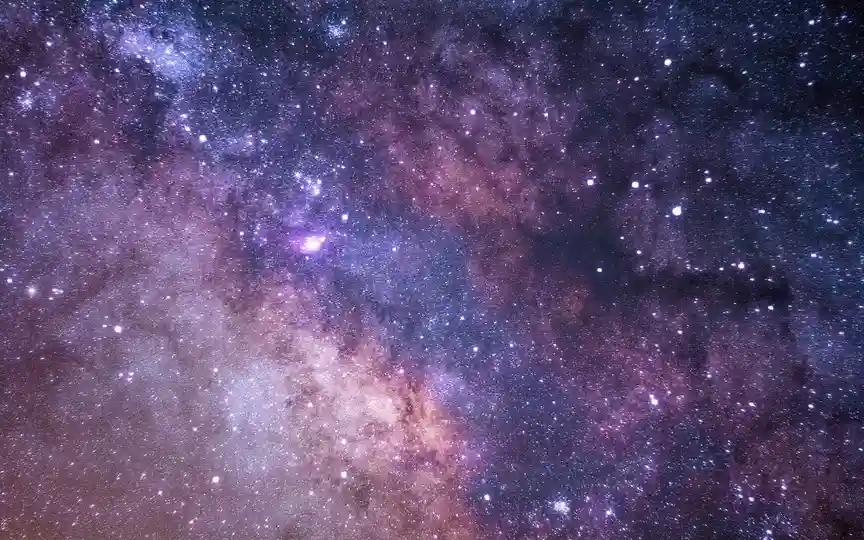Uncovering the Secrets of the Universe: NASA’s James Webb Telescope Spies on a 330 Million Year Old Galaxy!
Over the years, the highly advanced James Webb Space Telescope from NASA has successfully captured numerous distant galaxies, planets, and other celestial objects. Its expanding capabilities and technologies are providing scientists with an unprecedented opportunity to unravel the enigmas of space and beyond. Although the concept of exploring the vastness of space and its diverse entities may appear surreal and fantastical, the James Webb Space Telescope has recently made groundbreaking discoveries, including the identification of the second-most and fourth-most distant galaxies ever observed. Further details about this remarkable finding can be found here.
Discoveries of the James Webb Space Telescope
According to a study published in the Astrophysical Journal Letters, NASA’s James Webb Space Telescope discovered the second and fourth most distant galaxies in the region of the Pandora cluster, also known as Abell 2744. Pennsylvania State University researchers revealed that these galaxies are 33 billion light-years away. off. The data was recorded using new spectroscopic data. These galaxies are said to be the earliest galaxies to form and now appear as a “peanut and fluffy ball”. Author Bingjie Wang, a postdoctoral fellow at Penn State Eberly College of Science and a member of JWST UNCOVER, said, “Very little is known about the early universe, and it’s the only way to learn about that time and test our theories. Early galaxy formation and growth is happening in these very distant galaxies.”
The researchers report that the new galaxies are about 330 million years old and traveled about 13.4 billion light-years to reach NASA’s JWST. The light emitted by galaxies is very old and three times older than our planet Earth. In addition, these galaxies are larger than other galaxies that have been discovered, which may reveal many mysteries about the formation of the universe. Analyzing and studying the data produced by the telescope can reveal various facts about the diversity of galaxies in the early universe. In addition, it opens doors to new research and discoveries.
The team of researchers chose the Pandora cluster because of its gravitational lensing effect, a phenomenon that allows the telescope to magnify light from distant galaxies. During the survey, 60,000 light sources were found, from which 700 potential sources were selected, during which two ancient galaxies were discovered.




